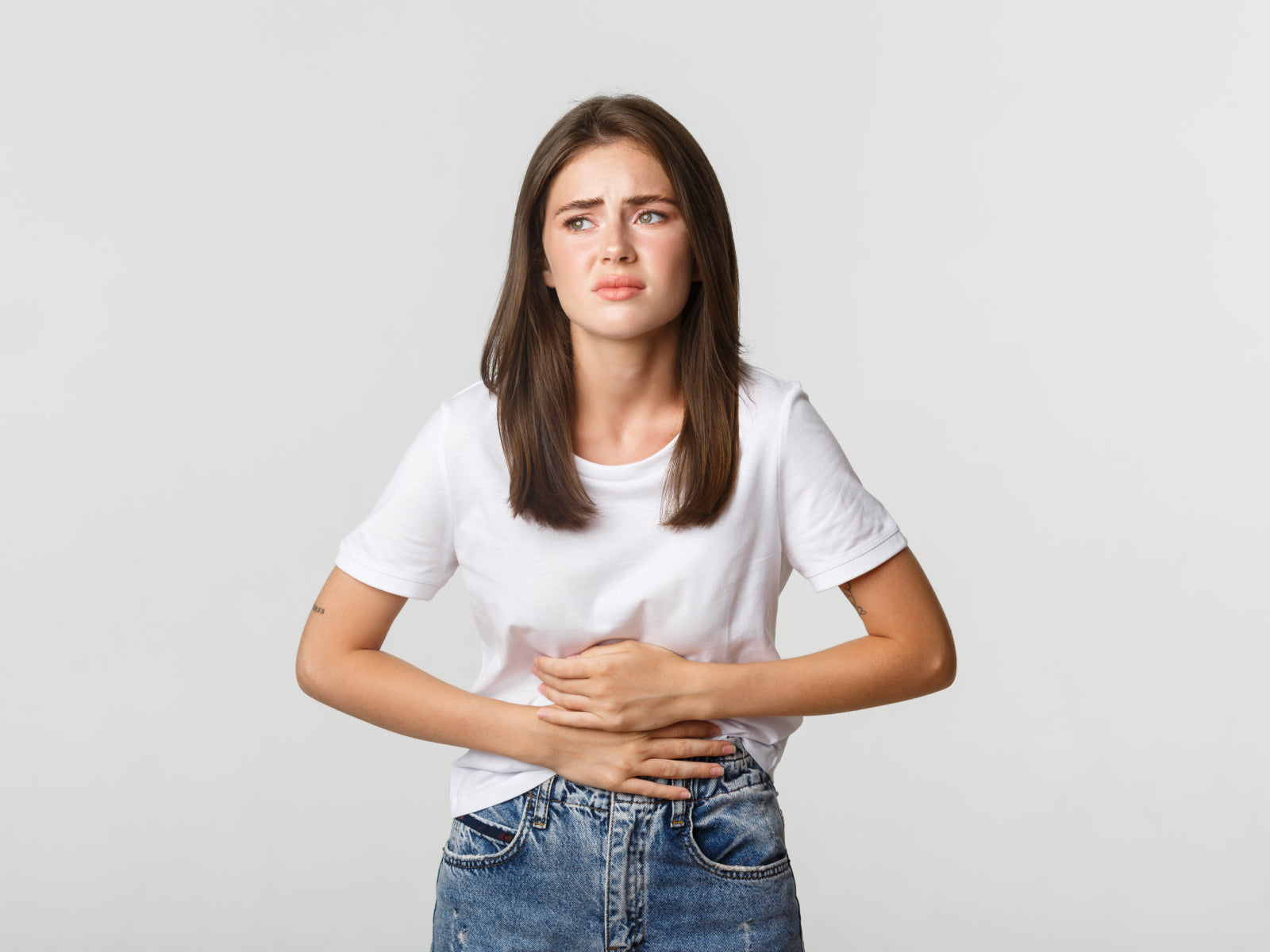Histamine & Irritable bowel syndrome (IBS)

Histamine Intolerance (HIT) and Irritable Bowel Syndrome (IBS) have similar symptoms and can therefore be easily confused. Additionally, histamine is shown to impact IBS. While this topic is still a growing area of research, we are going to shed some light on the current state of the art to understand the connection between histamine and IBS.
This is part 3 of the Histamin series. Read part 1: Histamine Intolerance og part 2: Histamine and Gut Health to get a bigger understanding about histamine and histamine intolerance.
What is IBS?
Irritable bowel syndrome (IBS) is a common functional gastrointestinal disorder (GI), with typical symptoms such as abdominal pain, change in bowel habits, and bloating. The lack of specific symptoms and the range of symptoms between patients makes it very difficult to diagnose. For instance, diarrhea and constipation are considered as polar opposites, but are both symptoms of IBS. And also, there's even a subtype of IBS, IBS-M, that has both. However, the majority of IBS patients have in common that foods, including histamine rich foods, trigger their symptoms.
The connection between histamine and IBS
Histamine is suspected to impact IBS. 42-58% of IBS-patients experience symptoms from foods rich in histamine (e.g., wine, beer, cheese) and histamine-releasing food (e.g., milk, wine or beer). Additionally, dysbiosis (an imbalance between beneficial and non-beneficial bacteria in the gut) with increased levels of histamine-producing bacteria is associated with the development and aggravation of IBS.
Furthermore, IBS causes inflammation in the gut wall which damages the DAO-producing cells in the mucosa. DAO is the enzyme that breaks down histamine and ensures healthy levels in the body. Reduced levels of DAO will therefore result in an inefficient breakdown of histamine which leads to worse IBS-symptoms.
In addition to this, IBS patients tend to have high numbers of more active mast cells. Mast cells release histamine when activated, and are triggered in IBS patients due to their state of inflammation.
Higher levels of histamine due to IBS are linked to worse pain and more symptoms. In short, there is an overlapping relationship between IBS and HIT, but the exact differences remain unclear.
The therapeutic approach to IBS?
The primary treatment for IBS patients is a diet low in fermentable oligosaccharides, disaccharides, monosaccharides and polyols (FODMAP) for 4-6 weeks, followed by a reintroduction of FODMAP one at a time. FODMAP can be found in foods like garlic and onions, wheat, dairy, fruits, legumes, sugar and alcohol. FODMAPs act as prebiotics for some microbial species, but have poor absorption and draw water into the digestive tract, which contribute to bloating and other IBS-symptoms.
A low-FODMAP diet is suggested to reduce the histamine levels in IBS-patients, by removing high-histamine foods from the diet as well as reducing inflammation with positive effects on mast cells and DAO.
In addition, this diet has been observed to change the microbiome in IBS patients, reflected in higher bacterial richness and diversity. This includes increased levels of SCFA producers: members of Clostridiales, Bacteroides, Prevotella og Bifidobacteria, which are generally considered to be important for intestinal health.
Takeaway messages
- IBS is a functional gastrointestinal (GI) disorder difficult to diagnose due to its symptoms variability and with an unclear overlap with HIT and other GI disorders.
- Damaged DAO-producing cells and more activated mast cells leading to excess histamine are observed to play an important role in IBS-patients.
- Through a low-FODMAP diet it is possible to modulate the histamine levels in patients with IBS, which can alleviate the symptoms, and also alter the microbiome composition beneficially.
Author: Ingeborg Amble Holtmann
